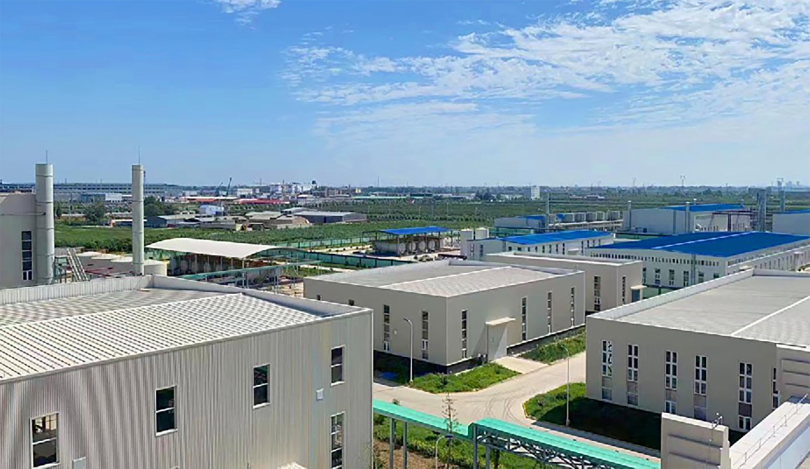
નવેમ્બર . 11, 2024 13:57 Back to list
hpmc grades
Understanding HPMC Grades A Comprehensive Overview
Hydroxypropyl methylcellulose (HPMC) is a non-ionic cellulose ether commonly used in various industrial applications. Due to its versatile properties, HPMC has become a critical ingredient in the pharmaceutical, food, cosmetics, and construction industries. This article delves into the various grades of HPMC, their properties, and their applications.
Overview of HPMC
HPMC is derived from cellulose, the abundant natural polymer found in plant cell walls. Through a series of chemical reactions, cellulose is modified to form HPMC, which retains many of the desirable properties of cellulose while gaining unique characteristics. The introduction of hydroxypropyl and methoxy groups enhances its solubility in water, thermal stability, and film-forming properties.
Grades of HPMC
The different grades of HPMC are based on their viscosity, degree of substitution, and functionality, which significantly influence their applications. The most common specifications include
1. Low Viscosity Grades These grades typically have a viscosity range of 5 to 100 cps (centipoise) when measured at a concentration of 2% in water. Low viscosity HPMC is well-suited for applications requiring rapid dissolution and dispersion, such as in instant food products and pharmaceuticals.
2. Medium Viscosity Grades With viscosities ranging from 100 to 4000 cps, medium viscosity HPMC grades are often utilized in products where a moderate thickening effect is desired. They are commonly found in various applications, including personal care products, construction materials (like cement and gypsum), and as a binder in tablet formulations.
3. High Viscosity Grades These exhibit viscosities exceeding 4000 cps and are typically used in applications that require significant thickening and gel formation. They find extensive use in the pharmaceutical industry as controlled-release agents in tablets and as stabilizers in suspensions and emulsions.
hpmc grades

4. Specialty Grades Apart from the standard grades, there are specialized HPMC grades designed for specific applications, such as HPMC with enhanced solubility, hydrophilic properties, or specific gelling capabilities. These grades are formulated to meet particular industry standards or regulatory requirements.
Properties of HPMC
The diverse grades of HPMC offer various properties that make it an attractive choice across industries
- Thickening Agent HPMC acts as an effective thickening agent, providing viscosity and stability to formulations. - Film Former It has excellent film-forming capabilities, allowing for the creation of smooth and cohesive films important in coatings and personal care products. - Water Retention HPMC retains water effectively, making it invaluable in applications that require moisture control, such as in the construction sector. - Emulsifying Properties It acts as an emulsifier, aiding in the uniform dispersion of ingredients in cosmetic formulations and food products. - Biocompatibility Importantly, HPMC is non-toxic and biocompatible, making it suitable for use in pharmaceuticals and food formulation.
Applications of HPMC
Due to its unique properties, HPMC finds applications in a wide range of industries
- Pharmaceuticals In drug formulations, HPMC is used as a binding agent, coating agent, and controlled release agent, enhancing the pharmacokinetics of active ingredients. - Food Industry It serves as a thickening, stabilizing, and emulsifying agent in various food products, including sauces, dressings, and dairy items. - Cosmetics HPMC is utilized in cosmetic formulations for its thickening and emulsifying properties, providing desirable texture and stability to creams and lotions. - Construction In the construction industry, HPMC is incorporated into cement-based products to enhance workability, reduce water content, and improve adhesion.
Conclusion
HPMC grades offer diverse options for formulators across various industries, each tailored to meet specific functional requirements. As a critical ingredient, understanding the different HPMC grades helps in selecting the right one for optimizing product performance, thus ensuring the highest quality and effectiveness. With ongoing advancements in technology and formulation science, the future of HPMC continues to be promising, leading to further innovations and applications.
-
Unlocking the Benefits of HPMC Products: A Gateway to Versatile Applications
NewsAug.07,2025
-
Unleashing the Potential of HPMC Ashland: A Comprehensive Look
NewsAug.07,2025
-
Tile Bonding Cellulose: The Key to Superior Adhesion and Durability
NewsAug.07,2025
-
Hydroxypropyl Methylcellulose Powder: The Versatile Component in Modern Pharmaceuticals
NewsAug.07,2025
-
Hydroxyethyl Cellulose: The Versatile Solution for Various Industries
NewsAug.07,2025
-
Hydroxyethyl Cellulose (HEC): The Versatile Polymer for Various Applications
NewsAug.07,2025







